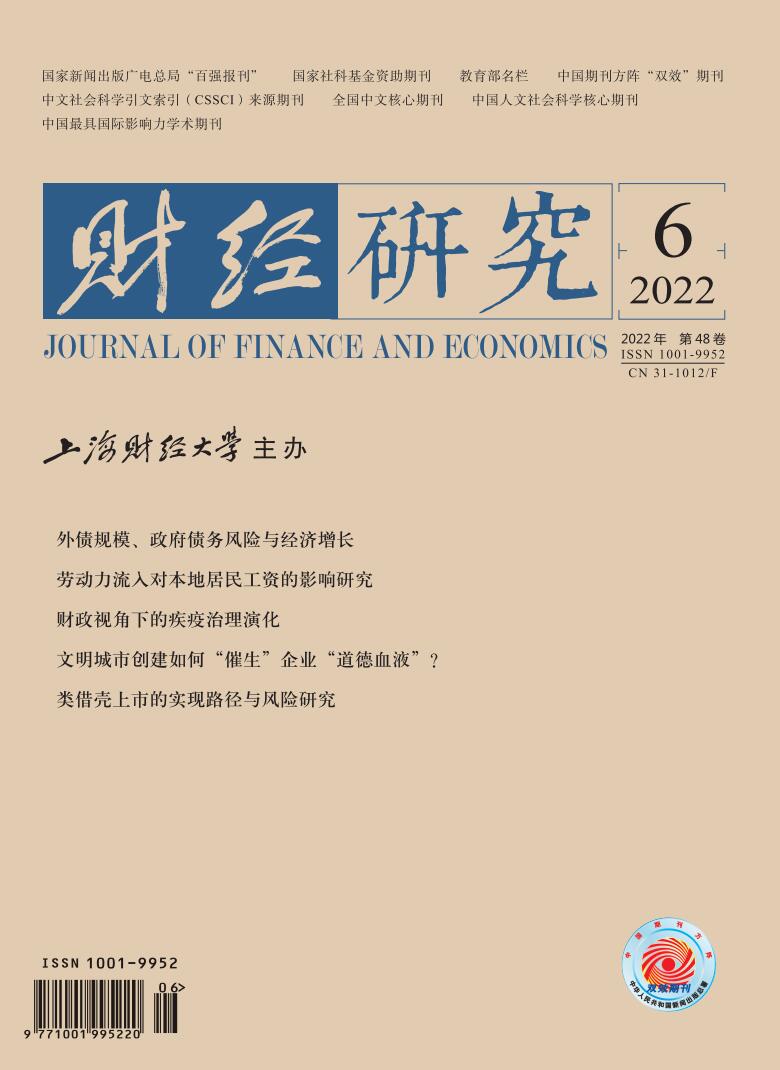Although Chinese economy has achieved rapidly growth in short term, the price distortion of land, labor and other factors restricted the realization of high-quality development. How to tame the inflation of housing prices, alleviate factor-price distortion and optimize the factor-allocation among regions has become an urgent problem to be solved. Under this background, this paper attempts to theorize the endogenous mechanism between housing-price formation, heterogeneous labor migration and regional factor-price distortion.
By constructing a two-region theoretical model with real estate, this paper studies the interdependence between real sector, services and real estate, and expounds the linkage between factor flowing, factor-price distortion and housing prices. Numerical simulation reveals that labor skill distribution property determines the degree of factor-price distortion, migration scale and housing-price formation. The migration and agglomeration of skilled labor will induce capital and unskilled labor agglomeration, and further lead housing-price rising through the scale effect and crowding out unskilled labor. Besides, industrial interdependence will impede the crowding-out effect on unskilled labor to a certain extent. Finally, it leads to endogenoushouse price formation and labor skill structure changing across regions. The above theoretical findings have been empirically proofed by Chinese provincial data from 2004 to 2019. Skilled labor aggregation leads to negative labor-price distortion and positive capital-price distortion; housing-price rising leads to positive labor-price distortion and negative capital-price distortion. Finally, skilled labor agglomeration has a negative effect on total-factor-price distortion and relative-factor-price distortion. Housing-price rising has a positive effect on total-factor-price distortion and relative-factor-price distortion.
The potential contributions of this paper are as follows: Firstly, under the framework of two-region theoretical model, labor with heterogeneous skills is distinguished, which indicates the mechanism of skill structure, factor allocation and factor-price distortion caused by heterogeneous labor migration. Secondly, this paper proves that the induced effect caused by heterogeneous labor migration can offset the crowding-out effect on unskilled labor agglomeration to a certain extent. Thirdly, this paper finds that the skill structure improvement brought by skilled labor agglomeration and its induced effect on capital are the key to housing-price rising. The rise of housing prices has crowded out the unskilled labor of low bargaining power, and induced the substitution of capital for labor, forming an endogenous feedback mechanism of housing-price rising, labor skill structure improving and capital deepening in skill agglomerating areas. These contributions provide a new perspective for understanding the housing bubble formation, and clarify the mechanism of heterogeneous factor allocation and efficiency.





 3433
3433  3699
3699

